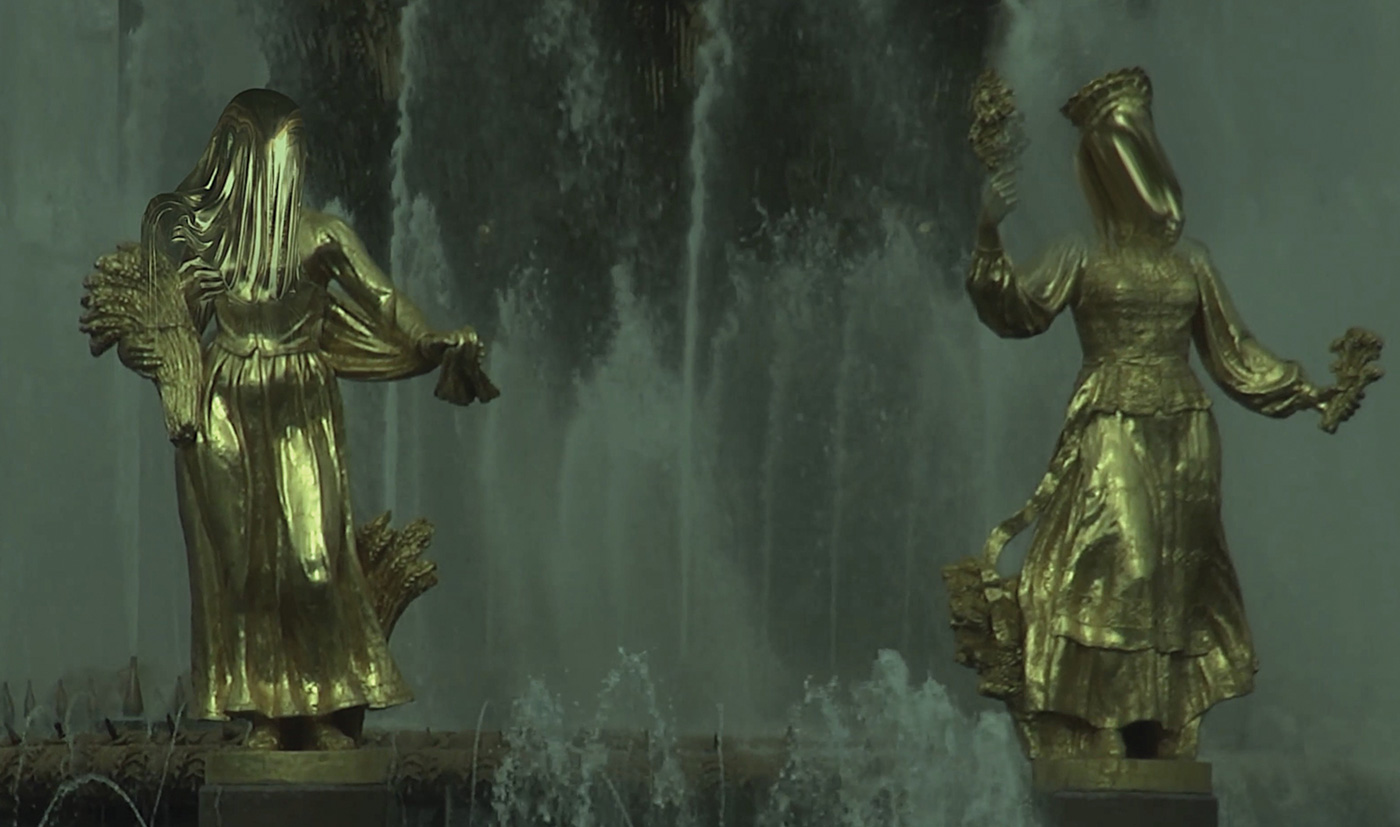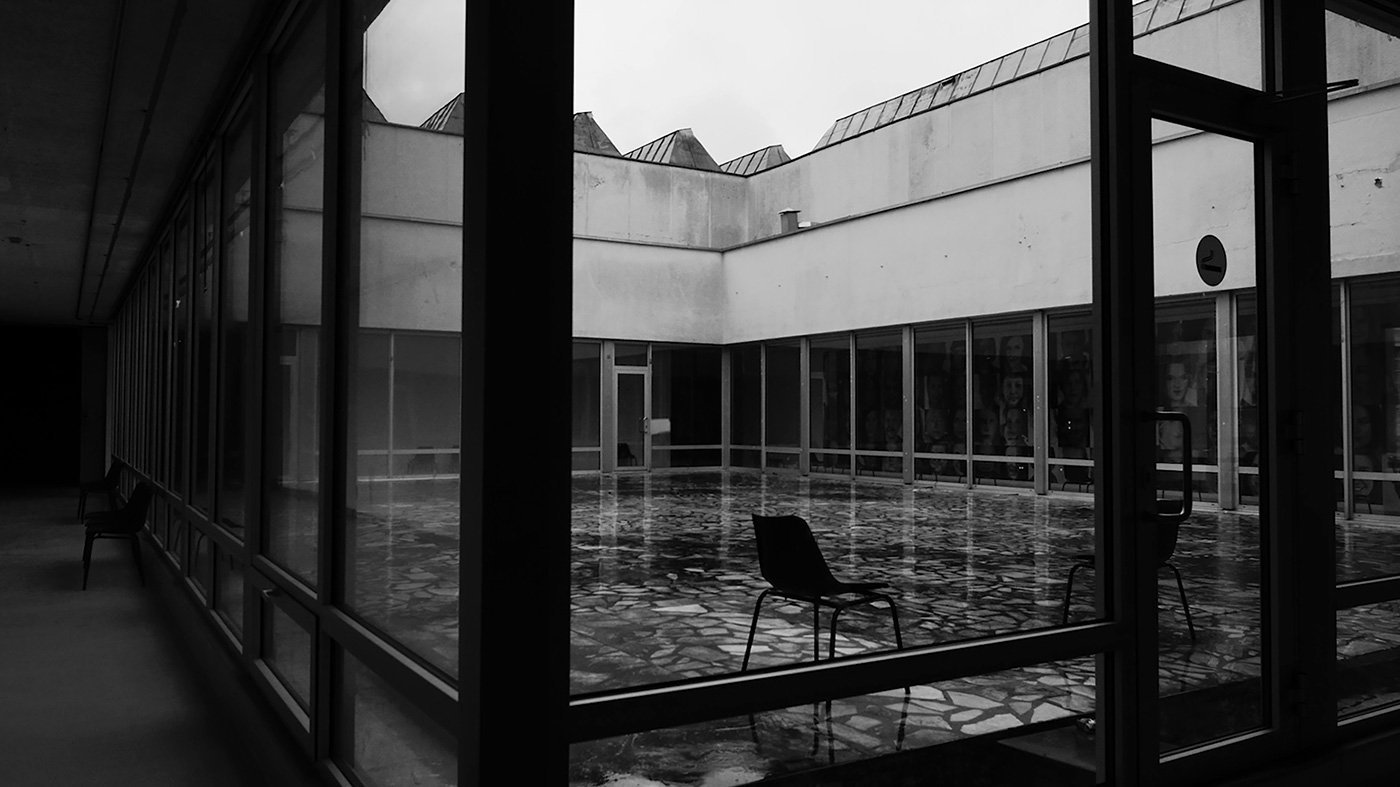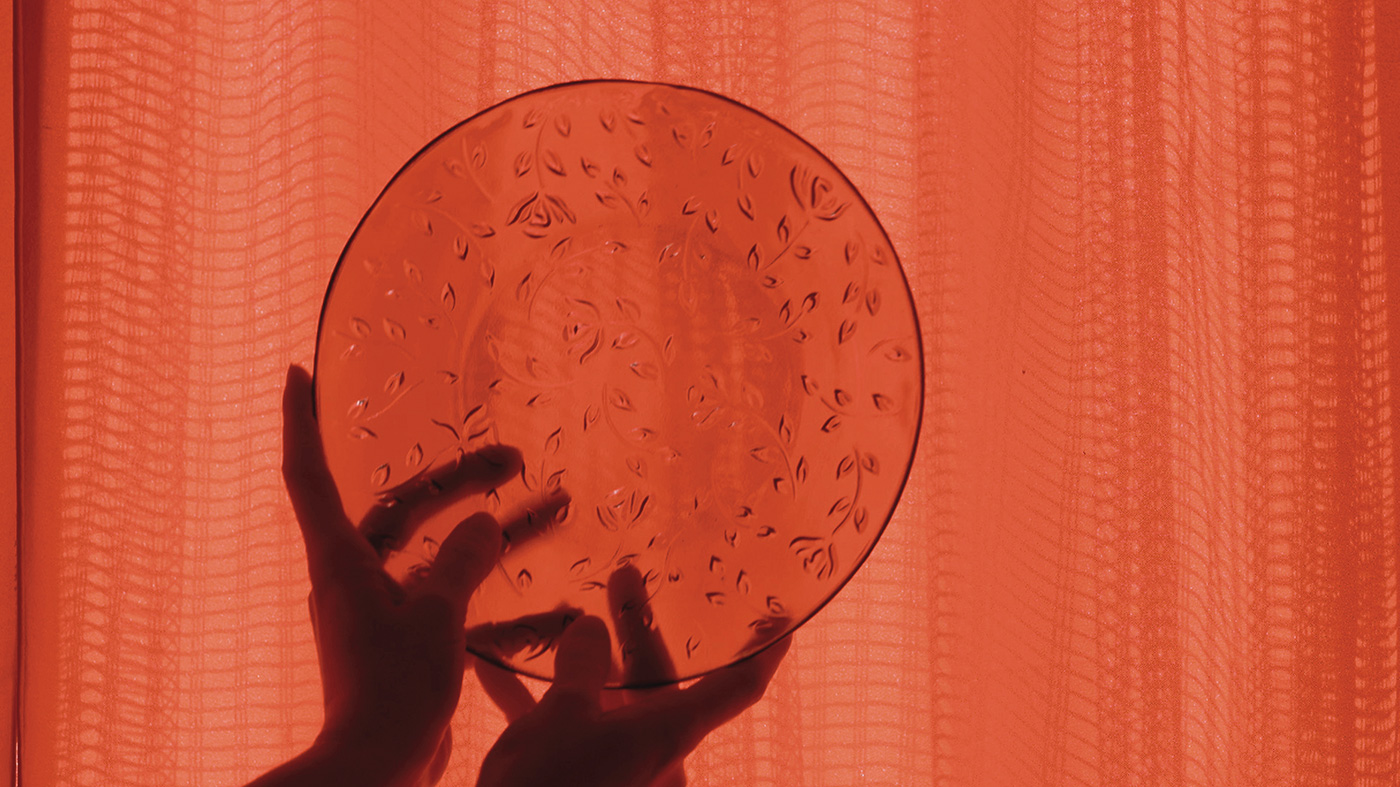Filmed in Moscow twenty years after Akerman’s “D’Est” and over ten years ago, “Colder” addresses the deep conundrums of memory, place, and time. A camera locks on to past glories, lingers, skittishly- its tonalities are sombre, non metaphoric, obscure and difficult. Iandovka and Tsyrlina’s cinematic approach to memory is closer, more intimate, and more unstable and problematic—more true—to notions of remembrance than other sorts of cinematic representations. An almost graspable (post)cinematic spatiality – a space both interior (subjective and singular) and exterior (collective, communal) overcomes us – complete with an apparitional trace that haunts memory and event alike. “Colder” opens the unstable spaces of memory to confront the presence/non-presence of events and our complicated and difficult relations to our histories and our selves.
Biography
Sid Iandovka and Anya Tsyrlina (both born and bred in Novosibirsk, USSR) are visual artists often working together on film and video.
An exhibition (“Once in a Hundred Years” with Leslie Thornton & Thomas Zummer) was dedicated to them in 2024 at the Kunsthalle Friart Fribourg and Lumiar Cité, Lisbon.
Over the past two decades they have developed a body of work that draws on the afterlife of experimental film, anachronic collages from Soviet archives, and the last vestiges of obscure underground music scenes, creating singular film objects in which hauntological detachment meets unbound proto-punk sensibility. “Sid and Anya make a window onto a world of magical melancholy, where they are able to combine scathing cynicism with cringeworthy humor, lyrical beauty, and cultural critique into one seething mass of fits and starts, along with protracted meditations on the ordinary, the sublime and the hollowness that penetrates a history and a society. They dance across dreams and nightmares that become dreams and nightmares again and again, – and at the same time show us how it’s being done. We literally see the machinery at work, the digital surface and interior that cycle through this performance of sadness and joy, so that the viewer has little to do but also see, to keep seeing, because there is always this divine instability, and that keeps things alive.” (Leslie Thornton)



